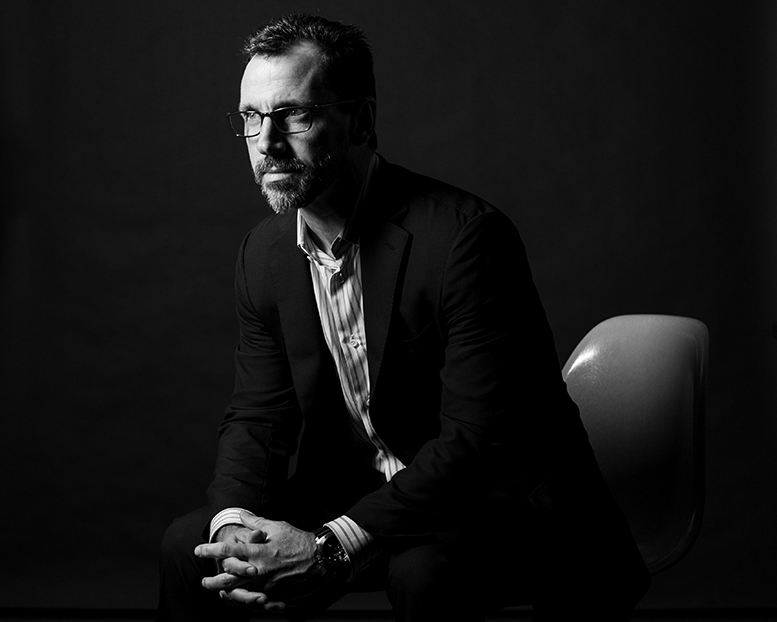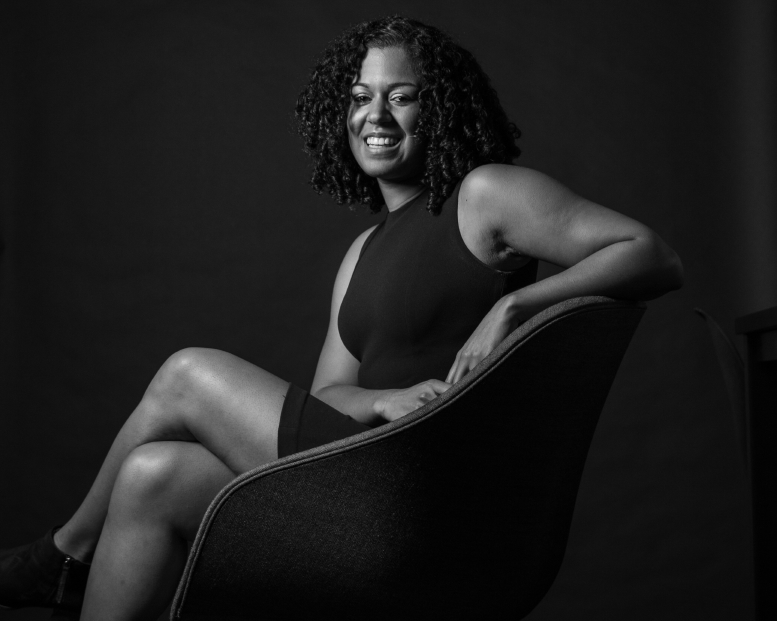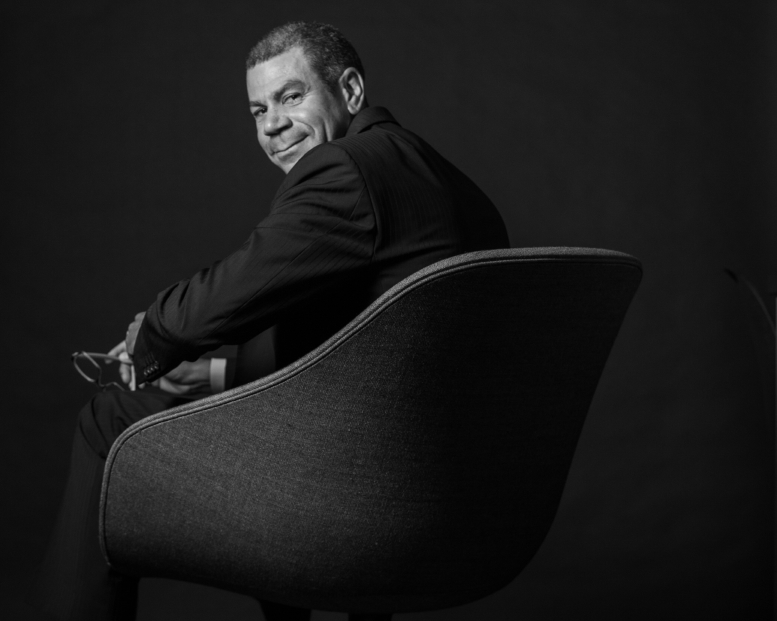October 31, 2018
In the world of corporate photography, the terms "headshot" and "portrait" are often used interchangeably, but for me, there's a crucial distinction – and it all comes down to composition. While a headshot aims for a clear, direct representation of a person's face, a portrait strives to capture their essence, personality, and even a bit of their story.
When I receive an assignment to photograph executives, especially when the brief calls for the classic "dark suits against a black background," the challenge isn't just to get a technically perfect shot. The real challenge is to elevate it, to make it more of a portrait than just a headshot.
Breaking the Mold: Beyond Centered and Stiff
The default for many headshots is a subject squarely in the center of the frame, facing the camera directly, often with a neutral expression. While this serves its purpose for identification, it can often feel static and lack depth. My aim is to inject life and individuality into these corporate images.
Here's how compositional choices make a world of difference:
Shooting Off-Center: Instead of placing the subject dead center, I often compose the shot with them deliberately off-center. This immediately creates visual interest. It draws the viewer's eye through the frame, encouraging them to look beyond just the face and consider the entire image. This technique, often utilizing the rule of thirds, creates a more dynamic and engaging composition.
Introducing "Tension" through Leaning: A key element I employ is giving the subject something to lean against, whether it's a wall, a piece of furniture, or even just shifting their weight subtly. This simple act does several things:
It breaks the stiffness: Instead of standing rigidly, leaning introduces a more relaxed, natural posture.
It creates physical tension: This isn't tension in a negative sense, but rather a dynamic push-and-pull within the frame. The lean adds a subtle angle or curve that contrasts with the straight lines often found in formal wear or backgrounds. This visual tension makes the image more intriguing and less like a posed school photo.
It implies thought or contemplation: A slight lean can suggest someone is deep in thought, observing, or simply pausing, adding a layer of introspection to the portrait.
It adds depth: By engaging with an unseen element (even if it's just the backdrop), the subject appears more grounded in the space, giving the portrait a greater sense of depth.
The Result: Distinctive and Engaging Portraits
By intentionally shooting off-center and incorporating elements like leaning, the resulting images become far more distinctive. They move beyond the functional "here's what they look like" and enter the realm of "here's who they are." The subtle tension, the dynamic composition, and the more relaxed posture work together to create a portrait that feels more human, more thoughtful, and ultimately, more memorable.
It's a subtle shift, but one that profoundly impacts how the viewer perceives the subject. It transforms a standard corporate headshot into a compelling portrait that conveys presence, personality, and professionalism all at once.
What elements do you think make a corporate portrait truly stand out? Share your thoughts in the comments below!






